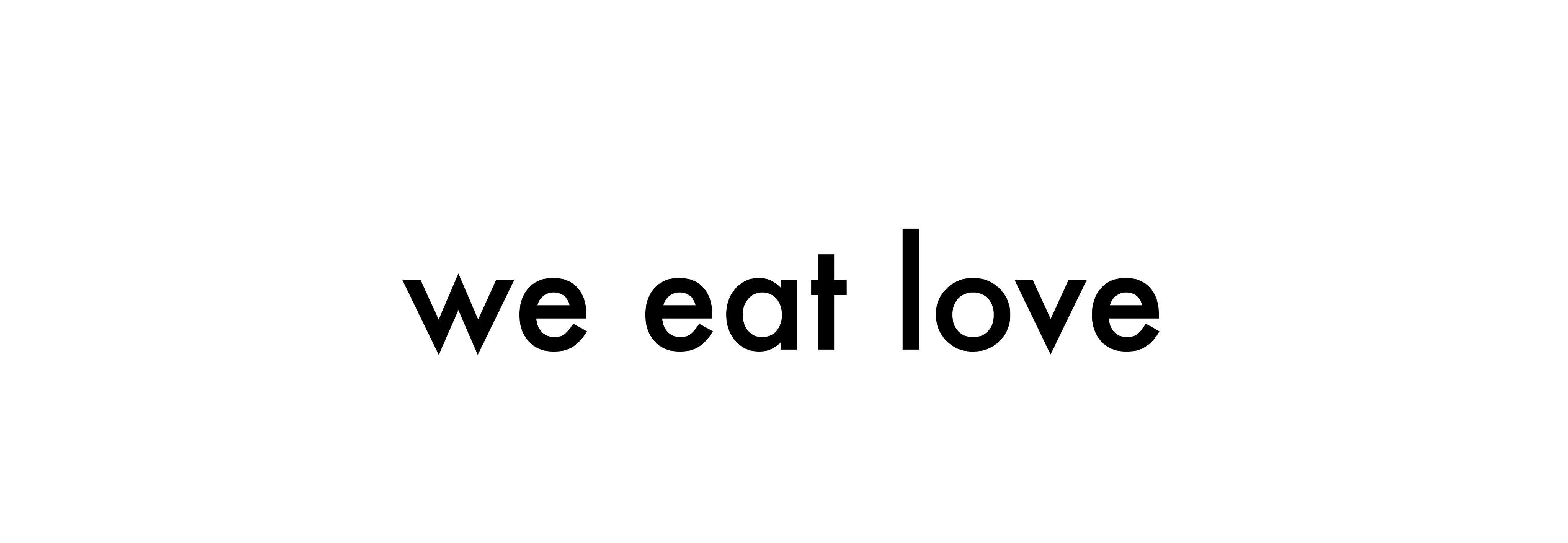Space of “the others”
The word ‘closet’ means a space for storage. Parallel to its direct meaning, it is considered as a model in this work. By saying a closet in a room, an individual in a society is meant. In other words, we can see the ‘closet’ model as storage space of a person’s identification. To illustrate, lets think about a gay person in a society. He can either choose to reflect his sexual orientation obviously or not. It can be seen like coming inside and outside of a closet. If he is not reflecting his identity to the society (if he is hiding in the closet), he has problems of understanding by the others. Since he can’t reflect his identity, he cannot be a part of the particular environment. Therefore, for the society, he is just “the other”. This research basically tries to find out space of “the others” that are in the closet and between the borders. To support the idea, the article explains physical and social borders which are the reasons of being inside of a closet or being “the others”.
First, social borders and its effects on “the others” are examined on the example of heterosexism. According to the architect and theoritician Henry Urbach, the closet includes things that threaten to soil the room. This situation engendered the permanency of heterosexist order where heterosexuality is accepted as the norm. In heterosexism, while homosexuality is defined as random sexual intercourse and degeneration, heterosexuality is seen as proliferation, loyalty and true love.
As Sedgwick [queer theoritician] states, permanency of the homosexual identity is related with continuity of 'coming out' of the closet. Therefore the individual, who defines himself as ‘gay’ to his social environment, will find himself in a cycle of coming in and out of closet.
Second, physical borders and its effects on “the others” are examined over the example of Tarlabasi District. Tarlabasi is located in Beyoglu (the city center of Istanbul/Turkey). It is mostly known by its user profile including Kurdish people, gypsies, sex workers, foreigners, LGBTIAQ people. Moreover, there are the very strict physical borders like the deep slope, Tarlabasi Boulevard, fences of the construction area, etc. The area shows the idea of how physical borders engendered a ‘visible’ space for “the others”. In addition to containing closets Tarlabasi itself is a representation of a bigger closet.
Because once the urban space is separated from the city, it is being otherized among the all parts of the city. So, the otherized urban space becomes the habitat of otherized “things”, which subsequently becomes a pretext of a big scale regeneration projects.
All these studies actually show that, main parameters of being “the others” are the borders which change in space and time. Being inside/outside of the closet, in other words being the others/not is more visible in the places where there are much borders like Tarlabasi example. So, although defined as the minorities, “the others” can be the all [not everything, not everyone]
.
